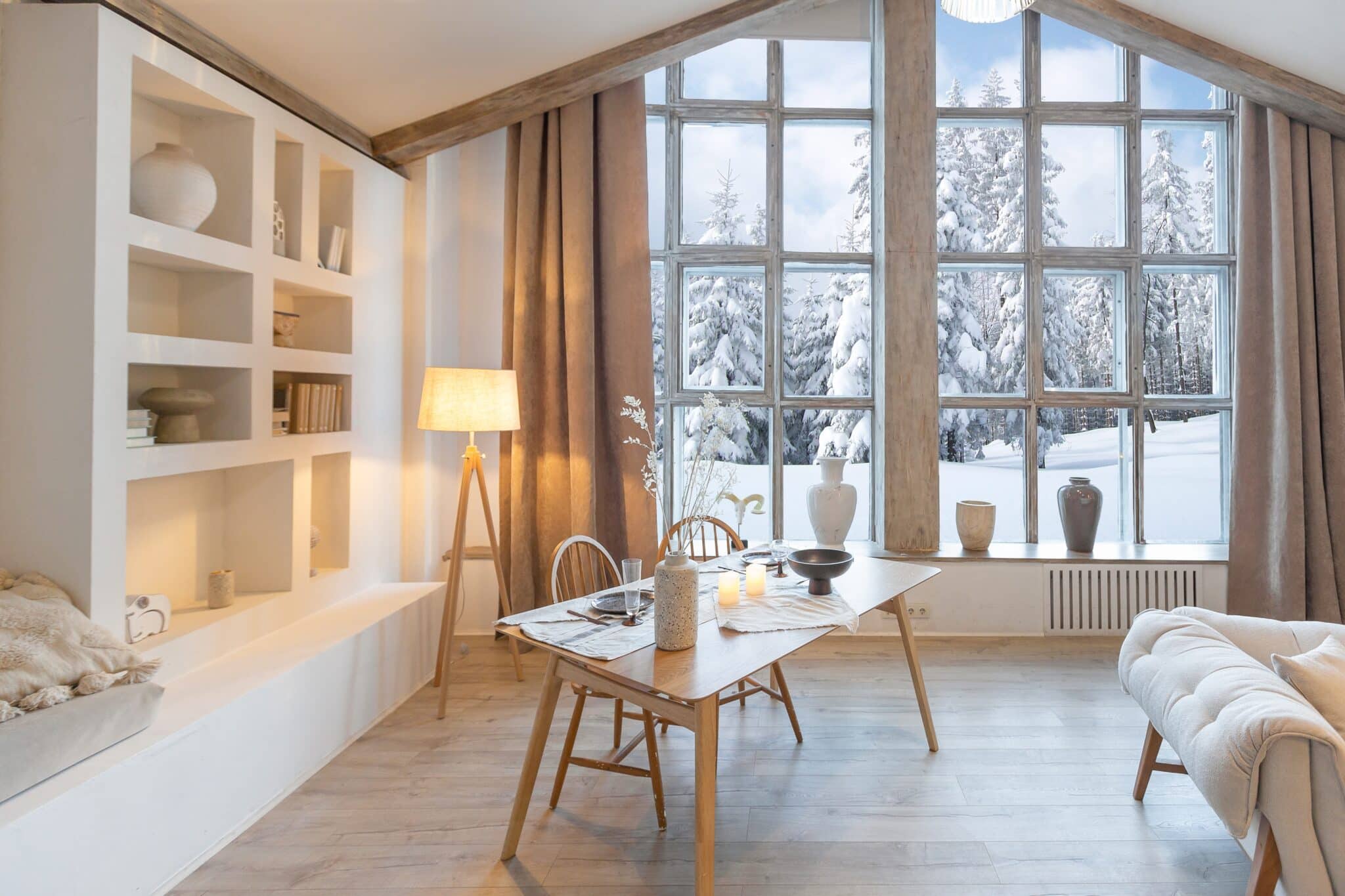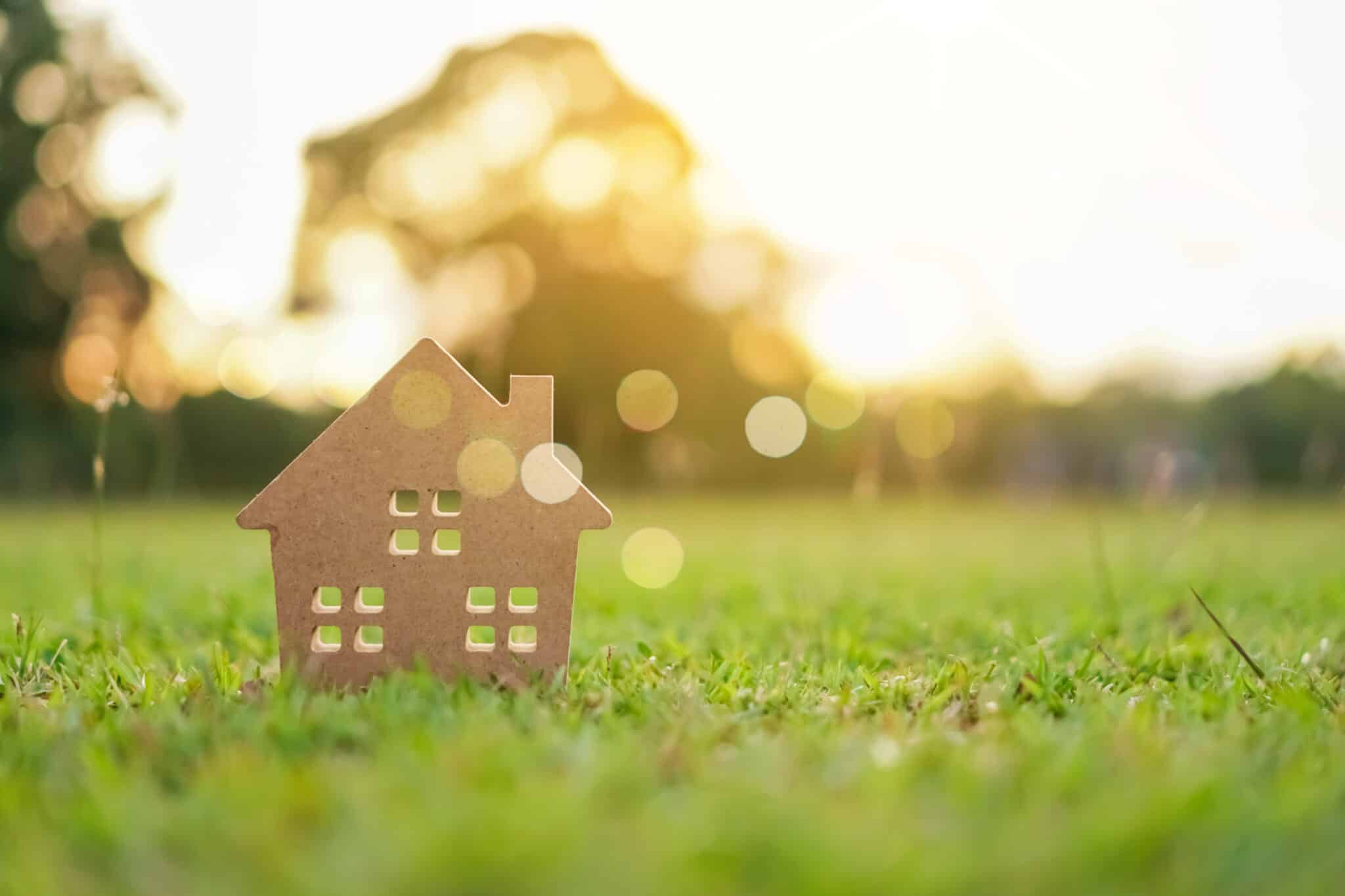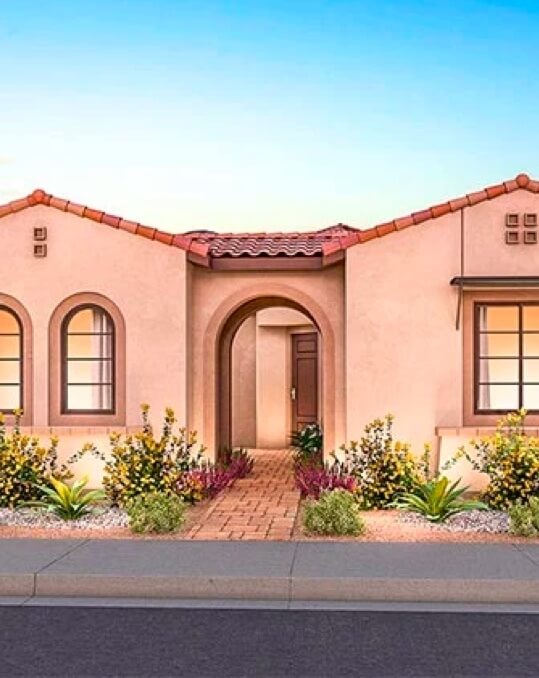It’s easy to understand why some people choose to build their own homes as opposed to buying one from a builder in an established community. The degree of customization available is unrivaled even by the most accommodating builders and, for some, the ability to oversee all of the details in planning and construction is comforting.
However, this all comes at a price, and you can expect to pay a premium for these luxuries. In this post, we’ll explore some of the factors involved with building your dream home from the ground up and compare them with buying a home from an established builder.
Cost Per Square Foot
The easiest way to do a like for like comparison when considering building a custom home or buying one from a builder is to break it down to the square foot. Keep in mind, the numbers we’ll be using here are approximations. There are just too many factors, from region to season, to account for in a blog post.
The most recent numbers available from the National Association of Homebuilders suggest that the average cost per square foot for a home purchased from a builder ranges from $100 to $155. The largest variation here is location. Homes in the northeast are on the high end of this range, whereas homes are comparatively cheaper in many areas of the American South. Roughly 60 percent of that cost is for the general contracting and construction while the remainder is comprised of factors like agent commission, finishing, marketing, and about 10 percent profit for the builder.
Costs to Build a Custom Home
When looking at a custom home, that price per square foot can shoot up to as much as $550 per square foot in some markets. The reasons for this are as complex as the homes themselves, but many of them are due to economies of scale. Buying an individual lot is often more expensive than a builder buying a whole tract of land. After the purchase of the land your dream home will sit on, the process has only just started.
You’ll need to hire an architect and a structural engineer if building a truly custom home. You should figure this will take up 15-20 percent of your total budget. These professionals are needed not only to design your home but also to work with contractors to ensure your estimates for construction are accurate. Unless you’re a homebuilding professional, this is not an area to cut corners as missteps at this point in the process can cause costs to balloon later on.
Once you’ve got the plans and contractors ready to go, it’s time to start construction. This is where more than half of your budget will be spent, starting with the foundation. This isn’t as simple as just digging a hole and pouring some concrete. You’ll need to pay for water and sewer hookups, and the inspections and impacts assessments that come with it. This will take up 6-7 percent of your total budget with an additional 10 percent put towards laying the foundation.
Next up, the framing and roofing, which make up about 18 percent of the average custom home’s budget while the exterior finishes make up roughly 14 percent of the cost. This is another area that is highly variable based on your location and the type of materials used. On the high end, a slate roof will be substantially more expensive than, say, a standard shingled roof. Once the walls and roof are up, the installation of major systems like HVAC, plumbing, and electrical work come into play. The national average for this work is just under $33,000, or about 14 percent of the average home budget.
Now that we have the structure settled, it’s on to interior finishing. This is everything from insulation and drywall to appliances, cabinetry, and painting. This is labor-intensive work which contributes to this phase taking up a large part of the average budget, just under 30 percent. However, it’s often the most exciting phase of home construction, allowing the homeowner to express their creativity and make the home truly their own.
But the work isn’t done yet though; the final step in home construction includes things like landscaping, decks, and patios as well as the driveway and site clean up. These touches account for 7 percent of a home’s total budget, but this can also vary substantially, with many custom homes incorporating spacious outdoor living areas in their design. Is a pool on your list of must-haves? This will bump the cost up well beyond the national average.
Is Building a Custom Home Right for Me?
This is a complex question for a homebuyer to ask. Again, costs vary so widely that it’s hard to generalize but, after running the numbers, you’ll likely find it’s at least 15 percent more expensive to build a custom home of a similar size when compared to a ready-built home sold by a builder. The fundamental trade-off is the ability to customize a home more fully versus the savings realized in an economy of scale.
Careful planning is paramount when building a custom home as is the ability to live within a budget. Cost overruns, delays, and other unforeseen circumstances can add to the cost. Planning for these and not extending yourself beyond a carefully managed budget will ensure any mishaps don’t derail the entire project. Do your homework, be prepared, and know the costs associated with building a house before committing to what is a complex, though ultimately very rewarding, project.








